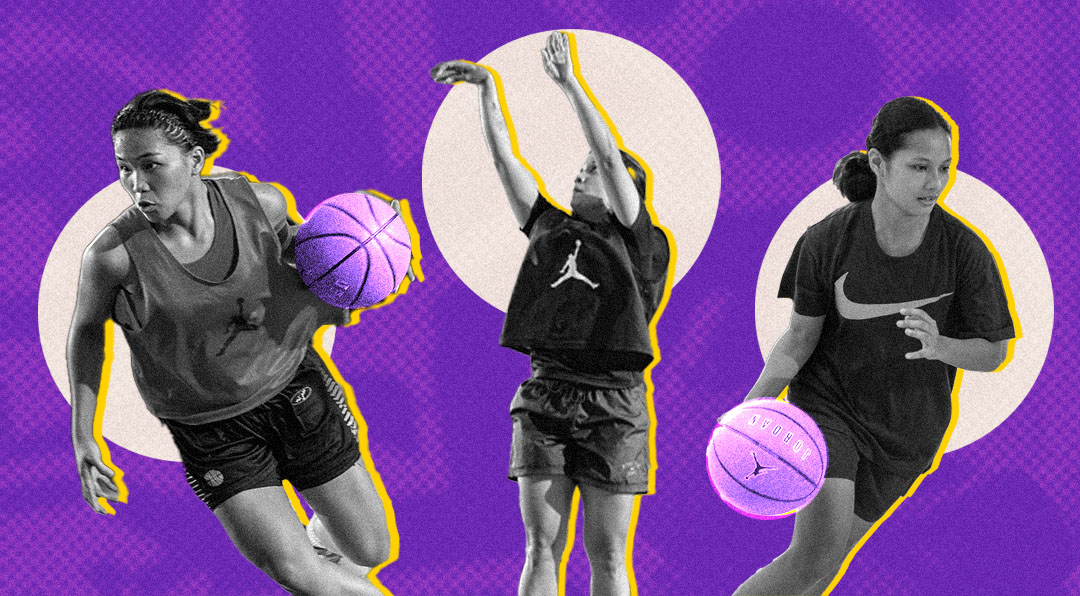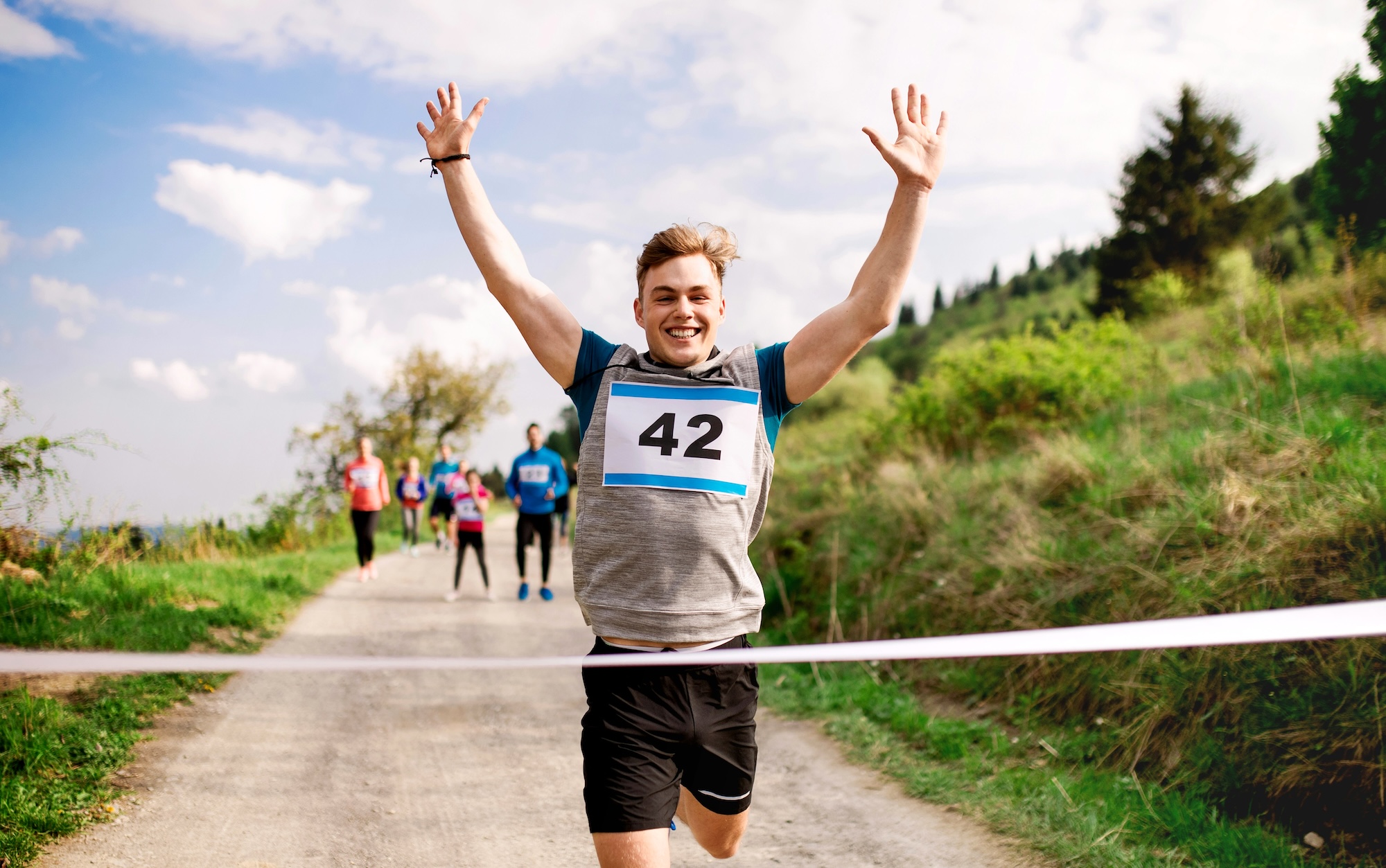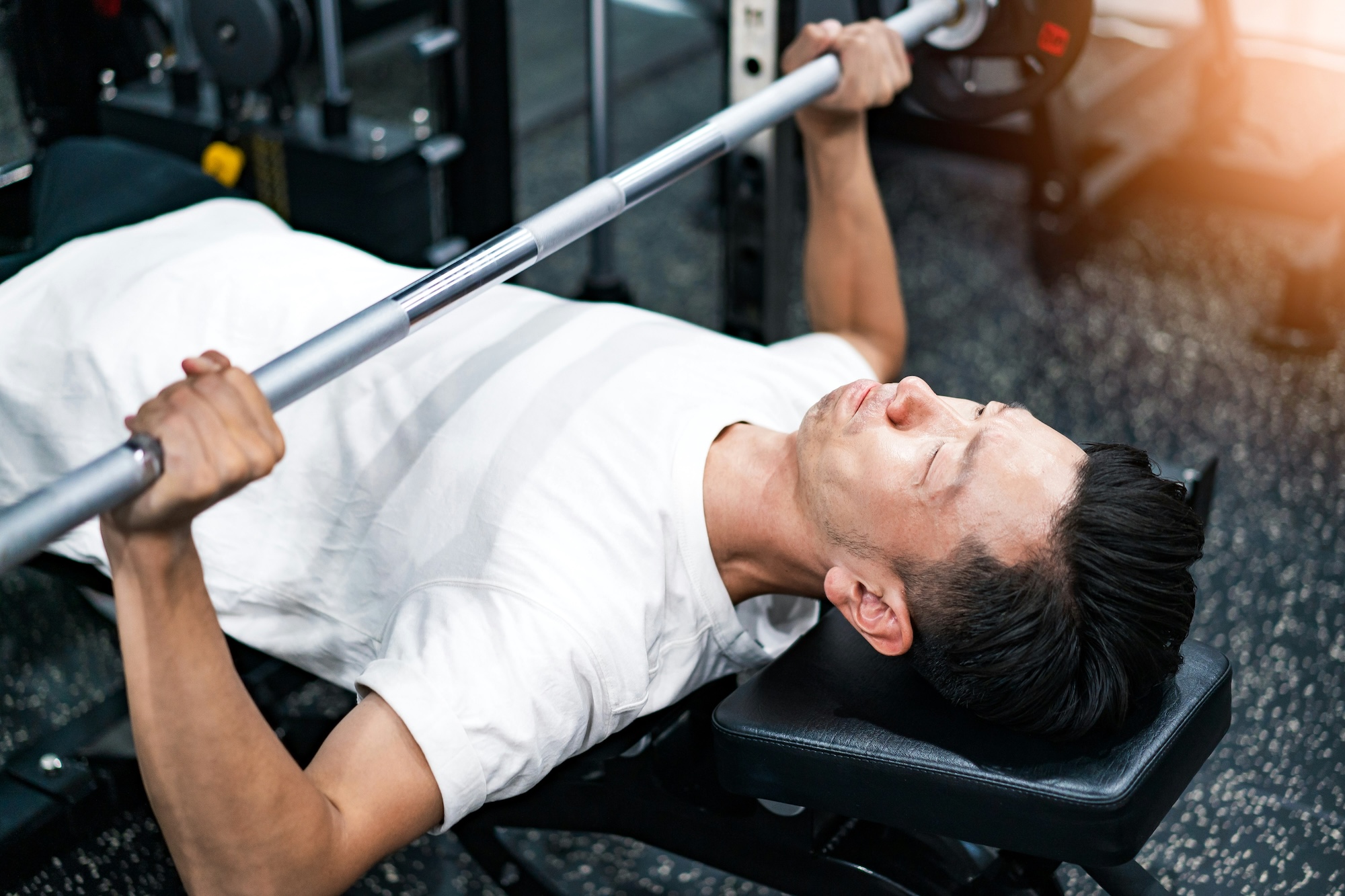College athlete-turned-coach Miguel Aldeguer was doing what he could to keep the local athletic community active—until he caught the virus
Photos courtesy of Miguel Aldeguer
One specific The Atlantic article has been interestingly making rounds on social media feeds—buoyed by friends and family with access to a “share” button.
And it brings to light a scary thought: all of your plans and prospects completely upended at the news of a positive COVID-19 result. Suddenly, you’re not just concerned about your well-being but also of those you’d have met and, of course, those you live with.
Miguel Aldeguer, a running coach, triathlete, and marketing coordinator for Brooks Running Philippines, has braved and lived through this narrative.
A sporting life that began with asthma
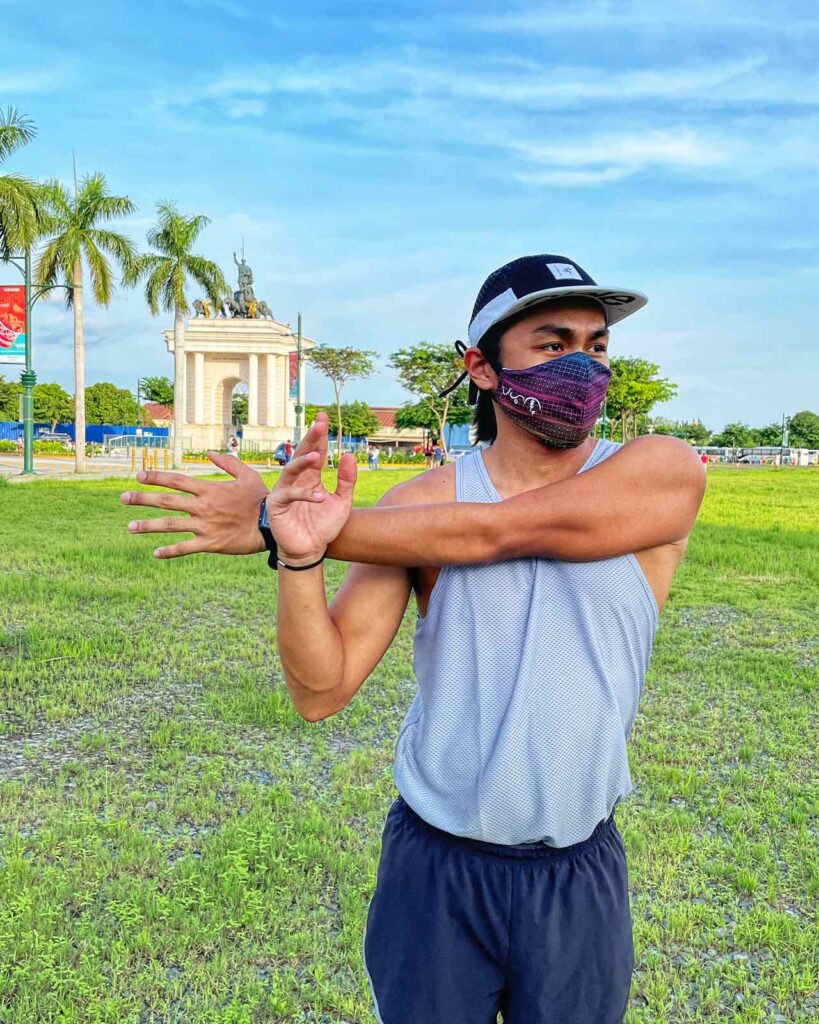
“Swimming was definitely my first sport,” Aldeguer says. “[I] started at the age of three just to help neutralize my asthma.”
At 15, Aldeguer was representing his high school as a basketball varsity athlete. He continued playing until his second ankle sprain. It was at this point when he shifted to competitive swimming, a pursuit that would take him through his college years at De La Salle University-Dasmariñas with a partial scholarship.
“I only have one highlight [from] my collegiate athletic career and that was when I qualified for the National PRISAA Games in 2017,” Aldeguer shares.
Behind the process of securing this slot to participate in the National Games lives a three-year story. “I didn’t qualify for three years straight, and this experience really honed my character as an athlete,” Aldeguer recalls. “I became much more resilient and hardworking each year I didn’t qualify, until I finally scored a gold medal in my senior year that secured [me] a slot.”
“I always wanted to become a national athlete and represent the country through sports, but I realized that the universe had other plans for me,” says Miguel Aldeguer
Asked about what he wanted to do in 2018 when he was fresh out of school with a business degree, his answer wasn’t “to swim.”
“Goals did change over time, I could tell you that.”
Instead, he shares, “I always wanted to become a national athlete and represent the country through sports, but I realized that the universe had other plans for me.”
He took on aquathlons and realized he had a knack for running. Winning a handful of races tends to do that. He, however, decided to focus on triathlon. “It was the path that I took where I could redeem myself after having a long and challenging journey in qualifying for the National PRISAA Games,” he says.
Building the running community post-graduation
These days, Aldeguer’s Instagram feed is an accountability diary of sorts. Be it in a post or a story (where he has been found logging in runs at midnight), there is a religiosity around his contributions to this catalogue dedicated to running.
It’s apt that he uses this as a platform to build interest in open workouts he hosts now that restrictions have been eased. “My favorite run days are Thursdays and Saturdays,” he says, “as I get to run with people [from] around the running community during these days.” Speed sessions are held on Thursdays in Arcovia, Pasig while the long run group meets on Saturdays in Bonifacio Global City, Taguig.
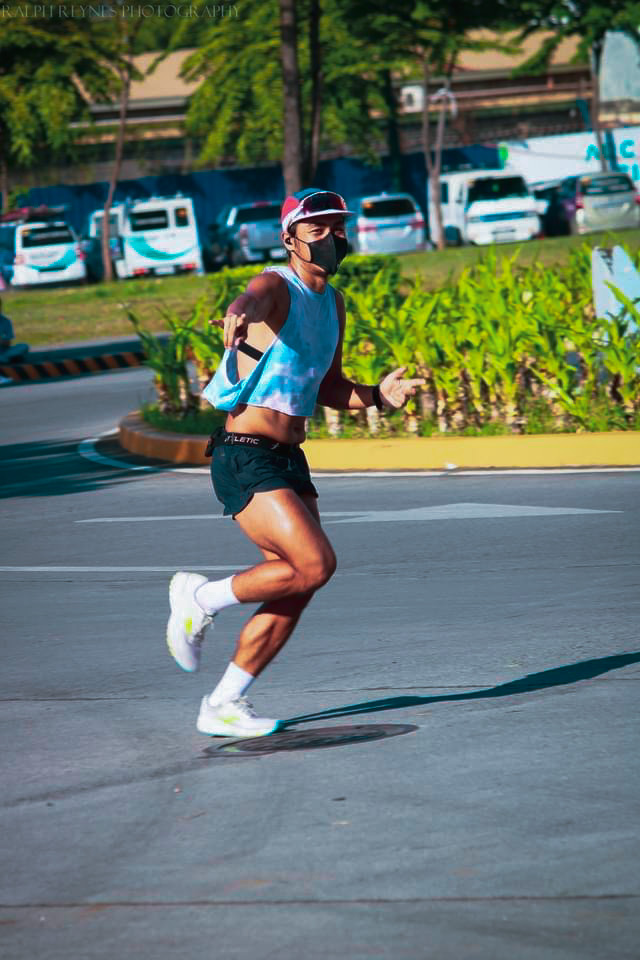
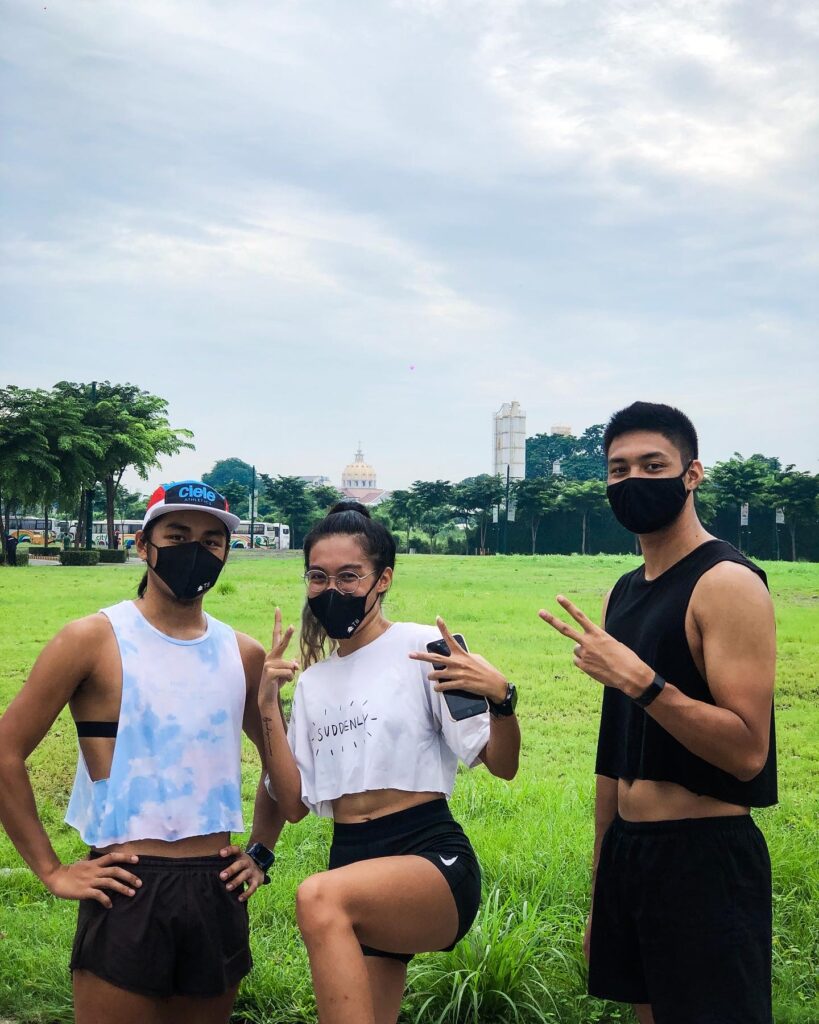
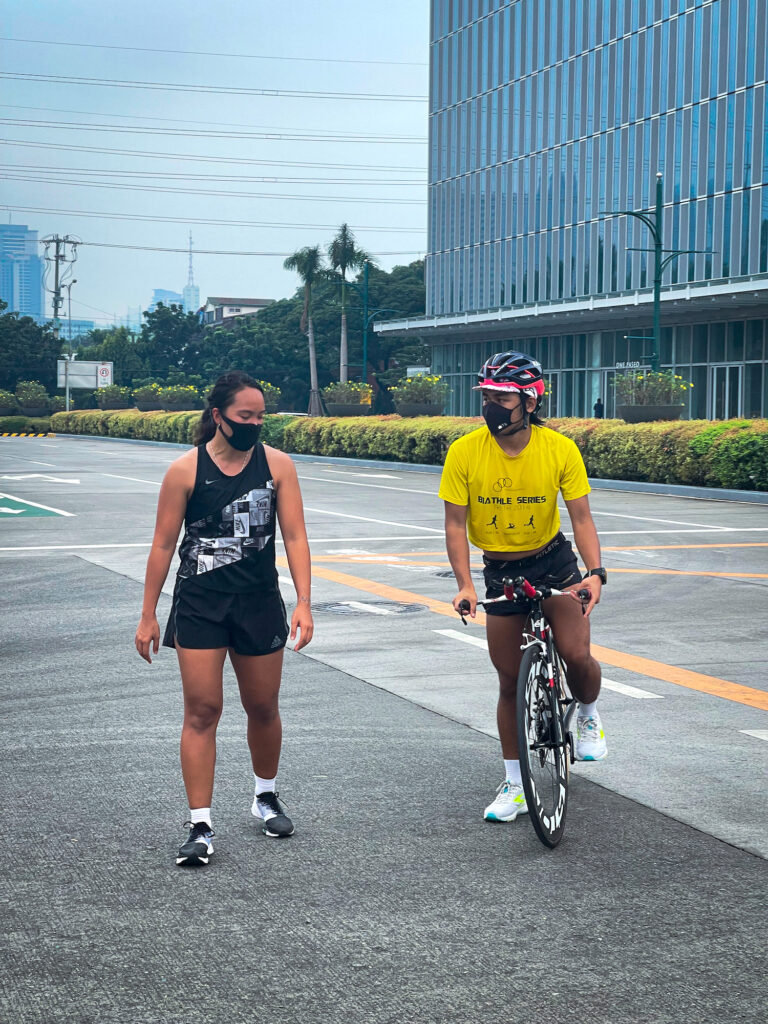
But prior to the lifting of restrictions that would have made this sort of community-building almost impossible, Aldeguer was indoors like all of us.
“I did mostly cycling and swimming during the pandemic,” he says. “I didn’t have a treadmill at home so I resorted to using my indoor bike trainer and some skipping to keep my fitness in check.”
As time wore on and restrictions allowed more outdoor mobility, he started running outdoors again—and consistently. “I fell in love with running more than ever, started to do more easy and aerobic runs in a soulful way. It kind of felt like I was running religiously, especially on Saturdays and Sundays where I’d meet up with people in the run community and attend what they call ‘The Church of the Sunday Long Run.’” This writer met Aldeguer during one such service.
With his coach Paolo Leaño, Aldeguer shifted from a highly competitive mindset to one that advocates for mindfulness in running. “We increased the run mileage with most of my runs consisting of very easy [efforts] at a conversational pace,” he shares.
One weekend day this year, like lightning in a clear blue sky, a message flashed on my smartphone: “Miguel had tested positive for COVID-19”
The momentum at that point in the pandemic was humming a similar tune to that which writer Alexis C. Madrigal strikes in their piece: “Everything was beginning to seem more and more normal. The radio station where I host a show was encouraging people to come back into the office. I saw laughing, maskless people in my social media feeds and in restaurant windows.”
As a member of the church Aldeguer introduced in our chat, I can share that we were running with regularity, smiling brightly as we’d gulp down coffee at 7:30 a.m. post-run. Work was asking us to be back in the office, and more and more people were out of the house but hardly doing anything essential.
One weekend day this year, like lightning in a clear blue sky, a message flashed on my smartphone: “Miguel had tested positive for COVID-19.”
His time battling the disease
“I think I caught the virus from the office because coincidentally, there were three of us who tested positive,” he says. Unable to sleep one Sunday night, Aldeguer noted the time: 2 a.m. It wasn’t as though anything was wrong; it had been a fairly normal weekend. Nonetheless, Aldeguer introduces this moment as the starting point of his COVID-19 story. “I had some chills by Tuesday,” he continues, “and tested positive for COVID-19 on a Wednesday.”
Unvaccinated at the time, his symptoms grew serious quickly. From headaches and fevers, which persisted for over a month, he soon found himself experiencing chest pains. “Honestly, I wanted to go [to] the hospital in the first week that I had it,” he recalls.
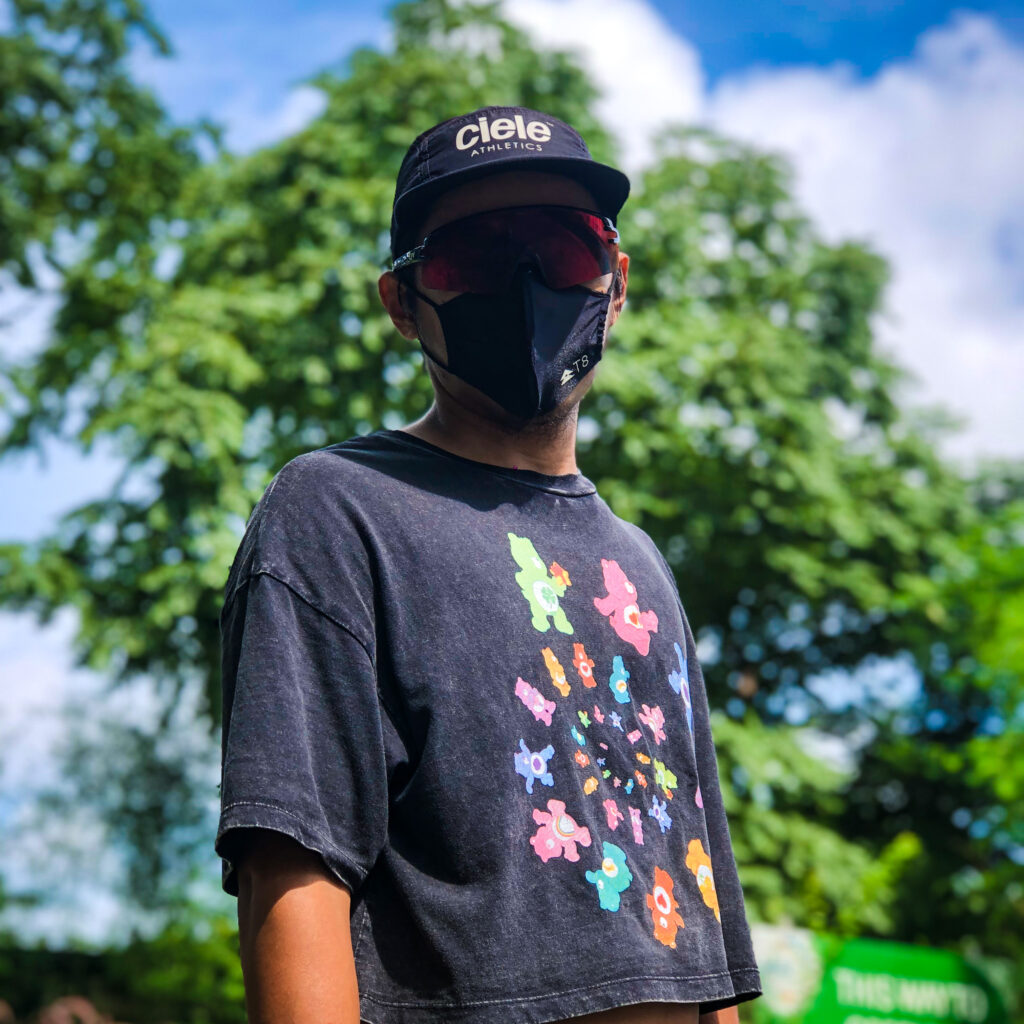
With a fever that no amount of sweat seemed to placate, Aldeguer grew more and more frightened. “I was led to believe that [I’d] be spending the last of my days at home. I was talking to my mom, telling her to take care of my dog [should] anything bad happen to me [while] my girlfriend was also on the phone listening to me whine about how difficult it is to have COVID.”
His case came at a time prior to vaccinations being widely administered around the country and before countries like the United States had the virus situation under some sort of control. Highly unregulated news—some of which was made to be more frightening than necessary—continued to line social media feeds.
Quarantined in his room, Aldeguer grew adamant that he wouldn’t go to the hospital after all. “When I saw what the hospitals looked like, I told myself ‘You do not want to go there, it looks like a bad place to be in right now.’” He remembers seeing photos of patients sharing beds in hospitals as they struggled under the growing number of COVID-19 cases.
A slow recovery
“It took me two and a half months before I was confident enough to walk on my own and get back to normal living,” Aldeguer says. After being cooped up in his room for two months, he was eager to get outside and took a walk outdoors once he tested negative. ”I just wanted to feel how the outside world was,” he says, and goes on to describe the newfound difficulty he had doing things one would hardly, at least prior, consider strenuous.
“Before my COVID-19 experience, my running fitness was in good shape. I was doing long runs very easily, running 21 kilometers at 5:00 to 5:15/km pace,” he shares. “After my COVID-19 experience, I couldn’t even finish 15 minutes of straight running”
With chest pains that remained for some time after he tested negative, he tried to regain some sense of normalcy with his interactions with the world. “Going up the stairs and keeping up with a continuous conversation was quite difficult for me. Even lifting normal household stuff tended to be difficult.”
When he could eventually run again, he did so at a pace that was unfamiliar to him. “Before my COVID-19 experience, my running fitness was in good shape. I was doing long runs very easily, running 21 kilometers at 5:00 to 5:15/km pace,” he shares. “After my COVID-19 experience, I couldn’t even finish 15 minutes of straight running.”
While this was a challenging time, Aldeguer had support from his coach, family, and the running community. “These people [had] unbelievable support towards me when I was getting back on track; things could’ve turned out differently without them,” he shares.
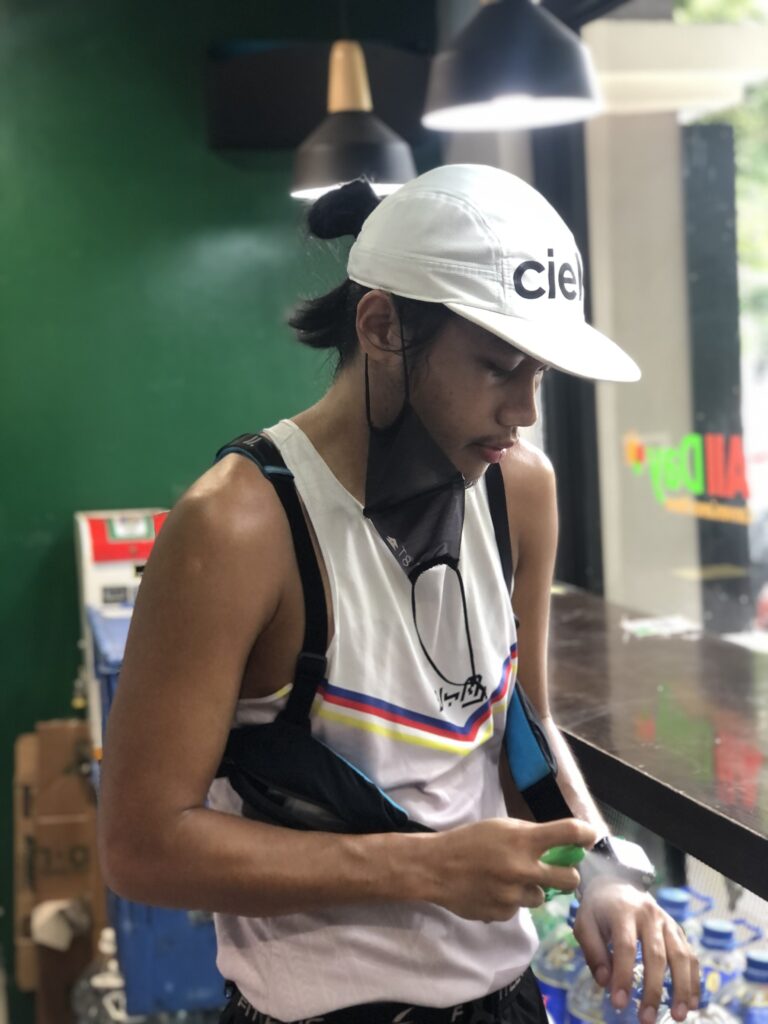
Naturally, his training took another pivot—this time from mindfulness running to recovering. “My coach guided me all throughout my training [and] I am very grateful for him,” Aldeguer says. “We started walking instead of running.”
These 20- to 30-minute walks were done in the morning every other day, giving his body ample time to recover. After a few weeks, Aldeguer began slow jogging in time-based workouts. “I could still feel the chest pain in this phase,” he says. “It [felt] like there wasn’t enough oxygen going into my lungs.” This combination of slow jogging and walking was maintained for over a month until Aldeguer grew comfortable picking up the pace—and eventually increasing mileage.
“By endurance, we conquer”
Aldeguer shares this quote attributed to Sir Ernest Henry Shackleton, a 20th-century explorer who led multiple expeditions into the Antarctic. He offers it as a mantra for those recovering from the disease: a call to be patient and aware, seek help when necessary, take things as they come—a difficult task, but a helpful one if just to remain calm, and to embrace the importance of getting enough rest and extra sleep.
“I thought I could be [protected] from the virus since [I was] physically fit before it hit me but as my friend told me ‘Walang pinipili ang COVID (COVID doesn’t choose its victims).’”
In a pandemic that has forced questions on our values—whether our jobs are truly providing for us, the items we value are of true worth, the small stuff is worth fretting over—the body is put front and center. Important. Worth protecting and caring for. And Miguel Aldeguer is happy to see it
Now, as the momentum of the moment teeters on the brink of relaxing even more (no more face shields in malls), Aldeguer is looking into the near future of multisport events.
“[I’m focused] on the things that I can do and [am working] on my craft as much as I can,” he says. “Running has been my go-to sport since the pandemic, [while] cycling [has come] in second.”
All the while, he will be focused on helping his clients reach their athletic potential—something he’s seeing more people do. “Local cycling and running groups started to appear in the middle of the pandemic [and] I noticed a lot of people who didn’t exercise at all started taking care of their body and started exercising.”
In a pandemic that has forced questions on our values—whether our jobs are truly providing for us, the items we value are of true worth, the small stuff is worth fretting over—the body is put front and center. Important. Worth protecting and caring for. And Aldeguer is happy to see it.
“I love seeing people make decisions towards being better versions of themselves. That alone is already a huge difference that I see in the community during the pandemic.”











